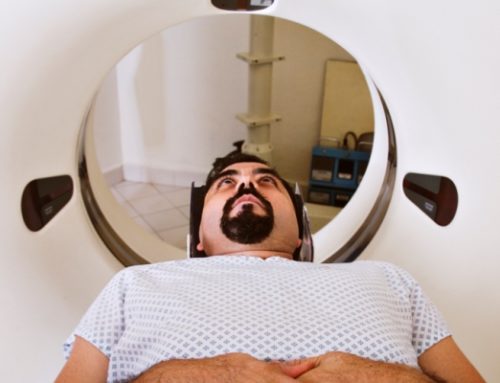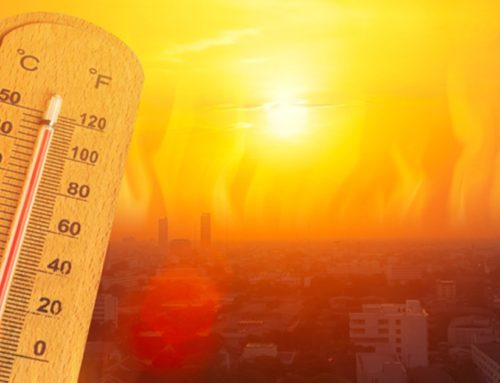Why the Risk of Heart Attack Rises in Winter
When the temperature drops, it’s especially important to stay attuned to possible signs and symptoms
You’ve probably heard that shoveling snow can up your risk of a heart attack. But falling temperatures can increase the odds of a heart attack even if you’re not clearing a snow-covered driveway or digging out your car.
So, what’s the truth about winter heart risks? Here’s what you need to know—and how to recognize the signs of a heart attack any time of year.
The Dangers of a ‘Cold’ Heart
Cold weather can increase blood pressure and raise cholesterol levels—two key risk factors for heart attack. It can also make blood more likely to form heart-threatening clots.
According to a study published in JAMA Cardiology in November, which analyzed information on about 274,000 people living in Sweden, the risk of having a heart attack was greatest on days when the temperature was below freezing. Another study, published in PLOS One in 2015, found up to a 31 percent increase in heart attacks in the coldest months of the year compared with the warmest.
Winter weather, studies suggest, may be especially risky for your heart if you’ve already had a heart attack, have heart disease, or are older than 65.
Read Full Article Here: By Sari Harrar and Catherine Roberts,







Leave A Comment